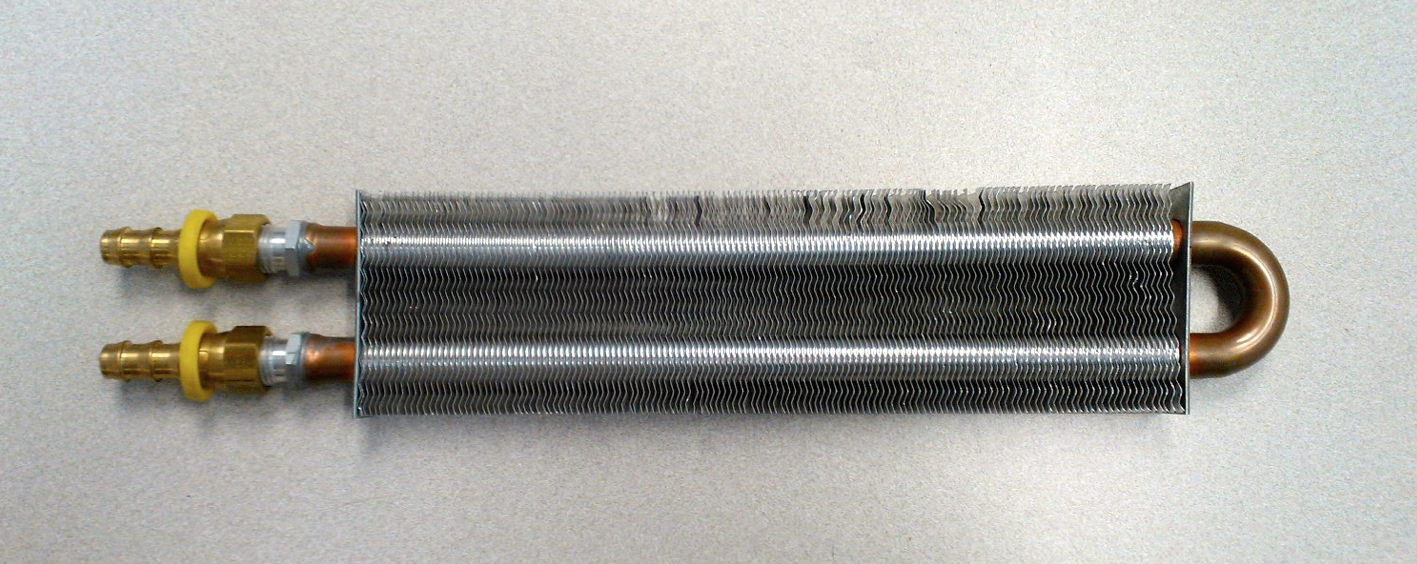Do you need a transmission cooler?
If you are towing or hauling it’s important to ask yourself if you need a transmission cooler. To figure this out consider how long you plan on keeping your vehicle. If you are towing or hauling and only plan on keeping your vehicle for a matter of months, a transmission cooler is likely unnecessary. However, if you plan on keeping your vehicle for an extended period of time while towing or hauling, a transmission cooler is an affordable investment compared to replacing a burned up transmission for $3,500 - $6,500.
Avoiding a ruined trip stuck on the side of the road with a burned up transmission is well worth the cost of starting around $250 for a transmission cooler that ensures the long life of your transmission.
The more weight you haul the more heat your automatic transmission generates. In order to function properly, transmissions rely on transmission fluid to keep their moving parts lubricated and cool.
If your tow rig is tasked with hauling significant loads, its transmission may need help to keep the transmission fluid below a maximum range of 160 to 200 degrees Fahrenheit (71 to 93 degrees Celsius). Exceeding these temperatures reduces the amount of fluid running through your transmission, eventually leading to complete transmission failure.
Here is how transmission coolers work and how to tell if you need one:
 |
| Transmission overheating? |
If you are regularly towing or hauling without a transmission cooler, you are likely overheating your transmission. If your transmission overheats or has ever overheated, you should seriously consider installing a transmission cooler, also known as a transmission oil cooler. Your transmission is one of the most expensive components of your car to repair. Neglecting to keep it cool is a recipe for a breakdown that can compromise your safety as well as your wallet.
How transmission coolers work
 |
| Transmission coolers cool fluid in a continuous loop |
Transmission cooler installation is usually performed near your vehicle’s radiator or the air conditioner condenser. When heated transmission fluid is sent from the transmission to your vehicle’s radiator it then travels to the transmission cooler, lowering the fluid’s temperature. From there the cooled fluid is sent back to the transmission in a continuous loop.
Transmission coolers continue to run whenever your engine is running, regardless of whether or not you’re driving.
How to choose a transmission cooler
Simply put, you should check with your local professional when choosing the proper size transmission cooler for your application. The larger the cooler the more effective it is at keeping your transmission fluid cool. You should always make sure that whichever transmission cooler you choose is rated at least for your gross vehicle weight. You can find your vehicle’s Gross Vehicle Weight in your owner’s manual.
Gross vehicle weight is the base weight of your vehicle plus the maximum amount of weight it’s rated to tow and/or carry.
Protect your transmission with a transmission cooler from Torklift Central. Contact us today to learn more.
Torklift Central
315 Central Ave N
Kent, Wash. 98032
877-343-6933
[email protected]
www.torkliftcentral.com

